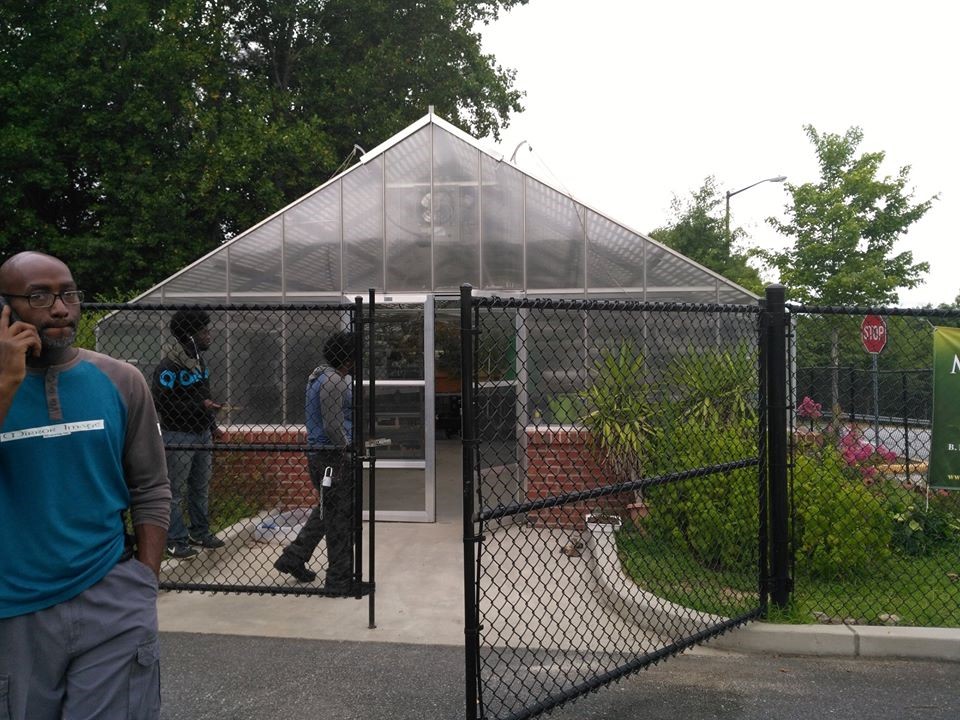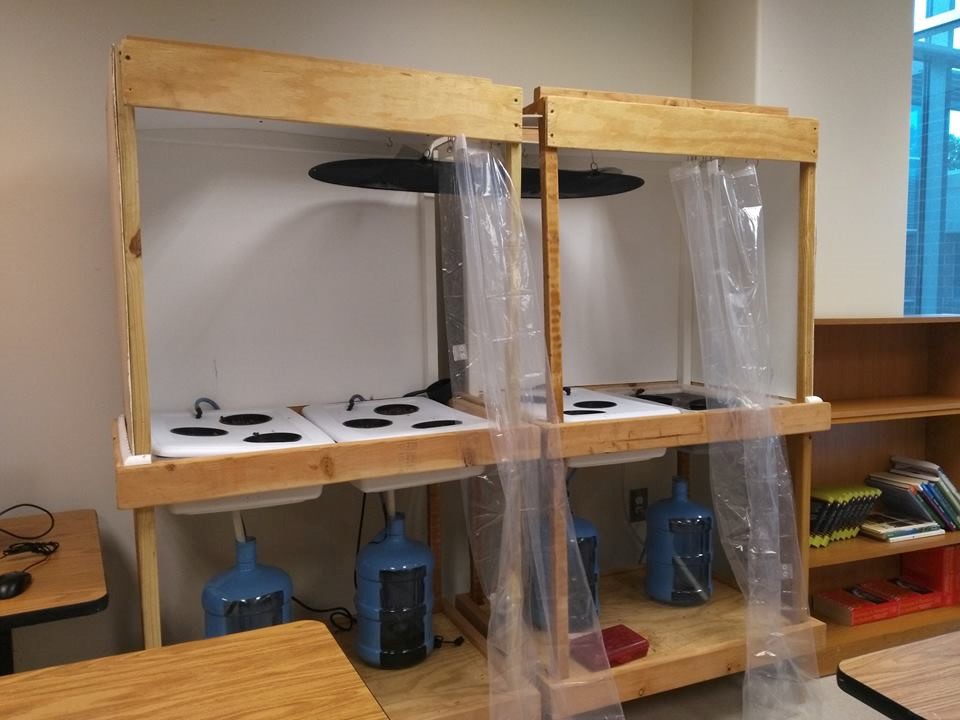Nancy Larson serves as a LEED AP O+M Project Manager for Sustainable Options, LLC, and as a volunteer with the U.S. Green Building Council - GA High Performance Healthy Schools Committee.
With a vision of “green schools for all within this generation,” the U.S. Green Building Council’s (USGBC) Center for Green Schools (www.centerforgreenschools.org) promotes healthy learning environments locally and globally. In Georgia, the High Performance Healthy Schools program supports that vision through the USGBC-GA Community (http://www.usgbc.org/usgbc-georgia).
To address social sustainability, green building practitioners must consider the impact beyond the “greening” of a project to how it connects with the larger community. Green schools benefit both the natural environment and human wellness, while serving as valuable teaching tools. Students are able to develop skills through integrated curriculum programs that will benefit them throughout their lives. Parents and other community members also have the opportunity to contribute to these programs, imparting their own knowledge and history to the “all hands on deck” nature of these projects.
Through outreach and engagement, we’ve seen how the growth of sustainability programs in our Georgia’s K-12 schools is encouraging student engagement in the classroom and beyond. At Benjamin E. Mays High School, a LEED Silver school in Southwest Atlanta (Atlanta Public Schools), an agriculture program incorporates a number of diverse aspects into the students’ learning experience. The school’s garden, greenhouse, and aquaponics systems are currently used by nine teachers in their lesson plans.

Our USGBC Georgia Community was able to connect with this project through the recent Integrated Network for Social Sustainability (INSS) Conference held at Georgia Tech, which was co-hosted by the Center for Serve-Learn-Sustain, the College of Engineering, and the College of Design. Our Community Program Manager, Suzanne Haerther, and I had the opportunity to attend and learn more about how our High Performance Healthy Schools program can link with Serve-Learn-Sustain. Suzanne was able to make a connection with CEISMC (Center for Education Integrating Science, Mathematics, and Computing) at Georgia Tech during one of the break-out sessions. During a discussion on integrating sustainability in the K-12 curriculum, she learned about CEISMC’s program teaching Project Based Learning this summer. One of the goals of that session was to develop a coalition of organizations with shared objectives to find opportunities to work together instead of replicating resources. Following the conference, Suzanne spoke about sustainability and the Center for Green Schools’ annual Green Apple Day of Service with the program organizers and met a teacher from Mays, Timiko Gray, who has been instrumental in growing the school’s agriculture program.

Pictured here are several hydroponics systems in one of the classrooms at Mays. These systems were designed and built by the Mirror Image Mentors program and the students. Mirror Image Mentoring is a local Urban Agriculture based program that teaches life skills through Intergenerational Sustainability, a combination of history, technology, and innovation in Southwest Atlanta areas providing S.T.E.M. (Science, Technology, Engineering, Math) based mentoring.
LED lights are installed for indoor growing. The systems were designed to be moved around the school to adapt to the program needs. Creating these systems has been a major part of the program at Mays, including the aquaponics in their greenhouse. Students at the school were involved in their construction using engineering skills in addition to agriculture methods. This year the students will be focused on how technology can be used to improve the system, from providing better security to optimizing efficiency. Problem solving is a key part of their learning experience through this program.
During a visit to the school, the founder of the mentoring program, Ray Williams, pointed out that some of the basil leaves had dried up and fallen on the ground. He mentioned that the students were going to look at a netting system to catch the leaves before they hit the ground so they would be able use that product as naturally dried basil. The lessons of continuous improvement are also carried into the mentoring aspect of the program.
Ray makes use of a multitude of examples based on the garden and greenhouse to impart into the students’ learning experience, from avoiding the use of chemicals (drugs) so that they, like the plants, can be stronger and healthier, to sex education based on male and female plants and the balancing of our natural systems. Students are also introduced to career paths through the program, including chef, engineer and botanist.
If you would like to help make an impact on your community’s school environment, getting involved with a Green Apple Day of Service project can help to augment – or launch – a program that will create positive change like the one at Benjamin E Mays. Our USGBC Georgia Community can provide resources and volunteer support to help get it started.
To learn more or sign up:
http://www.hphsga.org/green-apple
http://www.centerforgreenschools.org/make-impact-school-environment-green-apple-day-service
Suzanne Haerther, LEED AP BD+C, Program Manager, Community
U.S. Green Building Council – Georgia
Office: 404-431-5213
www.usgbc.org/usgbc-georgia